https://www.youtube.com/watch?v=yzKHShzW6Rs
Tom And Jerry Best Funny Moments New Compilation In Full HD
Tom and Jerry is an American animated series of short films created in 1940, by William Hanna and Joseph Barbera. It centers on a rivalry between its two title characters, Tom Cat and Jerry Mouse, and many recurring characters, based around slapstick comedy.
In its original run, Hanna and Barbera produced 114 Tom and Jerry shorts for Metro-Goldwyn-Mayer from 1940 to 1958. During this time, they won seven Academy Awards for Animated Short Film, tying for first place with Walt Disney’s Silly Symphonies with the most awards in the category. After the MGM cartoon studio closed in 1958, MGM revived the series with Gene Deitch directing an additional 13 Tom and Jerry shorts for Rembrandt Films from 1961 to 1962. Tom and Jerry then became the highest-grossing animated short film series of that time, overtaking Looney Tunes. Chuck Jones then produced another 34 shorts with Sib-Tower 12 Productions between 1963 and 1967. Two more shorts were produced, The Mansion Cat in 2001 and The Karate Guard in 2005, for a total of 163 shorts. Various shorts have been released for home media since the 1990s.
A number of spin-offs have been made, including the television series The Tom and Jerry Show (1975–77), The Tom and Jerry Comedy Show (1980–82), Tom & Jerry Kids (1990–94), Tom and Jerry Tales (2006–08), and The Tom and Jerry Show (2014–present). The first feature-length film based on the series, Tom and Jerry: The Movie, was released in 1992, and multiple direct-to-video films have been produced since 2002.
Numerous Tom and Jerry shorts have been subject to controversy, mainly over racial stereotypes which involves the portrayal of the recurring black character Mammy Two Shoes and characters appearing in blackface. Other controversial themes include cannibalism and the glamorization of smoking.The series features comic fights between an iconic set of adversaries, a house cat (Tom) and mouse (Jerry). The plots of each short usually center on Tom’s numerous attempts to capture Jerry and the mayhem and destruction that follows. Tom rarely succeeds in catching Jerry, mainly because of Jerry’s cleverness, cunning abilities, and luck. However, there are also several instances within the cartoons where they display genuine friendship and concern for each other’s well-being. At other times, the pair set aside their rivalry in order to pursue a common goal, such as when a baby escaped the watch of a negligent babysitter, causing Tom and Jerry to pursue the baby and keep it away from danger.
The cartoons are known for some of the most violent cartoon gags ever devised in theatrical animation such as Tom using everything from axes, hammers, firearms, firecrackers, explosives, traps and poison to kill Jerry. On the other hand, Jerry’s methods of retaliation are far more violent due to their frequent success, including slicing Tom in half, decapitating him, shutting his head or fingers in a window or a door, stuffing Tom’s tail in a waffle iron or a mangle, kicking him into a refrigerator, getting him electrocuted, pounding him with a mace, club or mallet, causing trees or electric poles to drive him into the ground, sticking matches into his feet and lighting them, tying him to a firework and setting it off, and so on.[1] Because of this, Tom and Jerry has often been criticized as excessively violent. Despite the frequent violence, there is no blood or gore in any scene.[2]:42[3]:134
Music plays a very important part in the shorts, emphasizing the action, filling in for traditional sound effects, and lending emotion to the scenes. Musical director Scott Bradley created complex scores that combined elements of jazz, classical, and pop music; Bradley often reprised contemporary pop songs, as well as songs from MGM films, including The Wizard of Oz and Meet Me in St. Louis which both starred Judy Garland in a leading role. Generally, there is little dialogue as Tom and Jerry almost never speak; however, minor characters are not similarly limited, and the two lead characters are able to speak English on rare occasions and are thus not mute. For example, the character Mammy Two Shoes has lines in nearly every cartoon in which she appears. Most of the vocal effects used for Tom and Jerry are their high-pitched laughs and gasping screams.
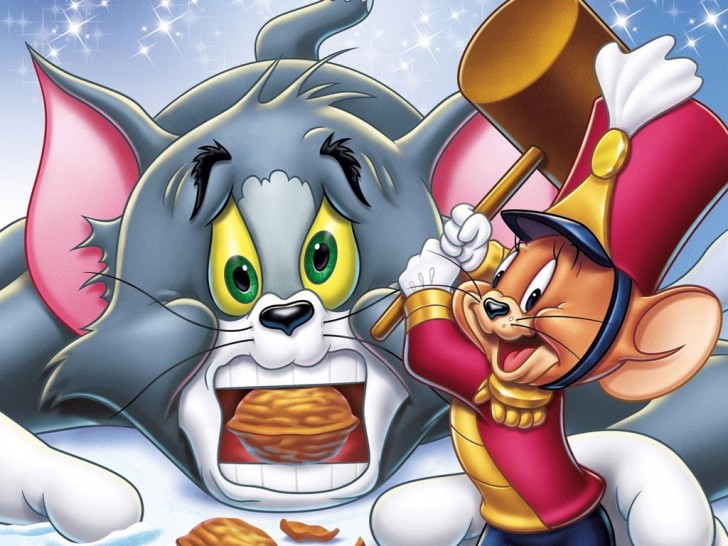



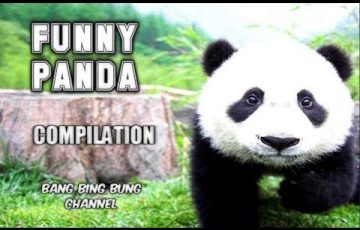

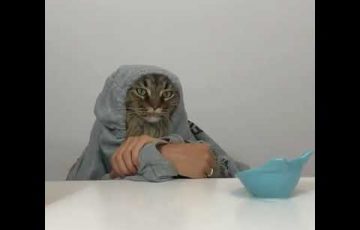
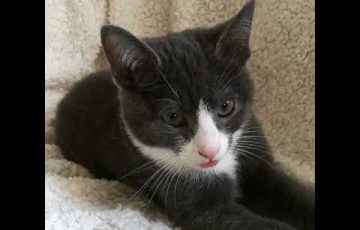
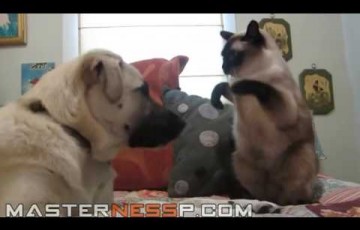
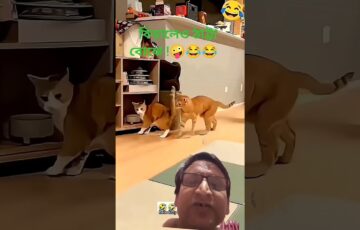

最近のコメント